Why Mace Deserves a Spot in Your Spice Rack
For home cooks seeking to elevate everyday dishes with nuanced flavors, mace offers a versatile yet often overlooked solution. This guide reveals five practical techniques to harness its unique profile—from subtle warmth in savory stews to floral notes in desserts. Whether you're experimenting with global cuisines or refining your baking, these science-backed tips will help you use mace like a seasoned chef without overwhelming your palate.
Table of Contents
- Introduction: What Exactly Is Mace?
- Tip #1: Don’t Confuse It With Nutmeg—They’re Siblings, Not Twins
- Tip #2: Use It Sparingly—Mace Packs a Punch
- Tip #3: Add It Early for Maximum Flavor Infusion
- Tip #4: Pair It with Sweet & Savory Ingredients
- Tip #5: Toast It Like a Pro to Unlock Hidden Aromas
- The Cultural and Scientific Story Behind Mace’s Flavor
- FAQ: Everything You’ve Ever Wondered About Mace
- Conclusion: Time to Spice Up Your Life with Mace
Introduction: What Exactly Is Mace?
Mace is the lacy red aril that covers the nutmeg seed inside its hard shell. While often overshadowed by its more famous cousin, nutmeg, mace has a subtler, slightly spicier, and more complex flavor profile. It’s commonly used in European baking, Indian curries, and Caribbean jerk seasoning—reflecting its role as a cultural bridge in global spice traditions.
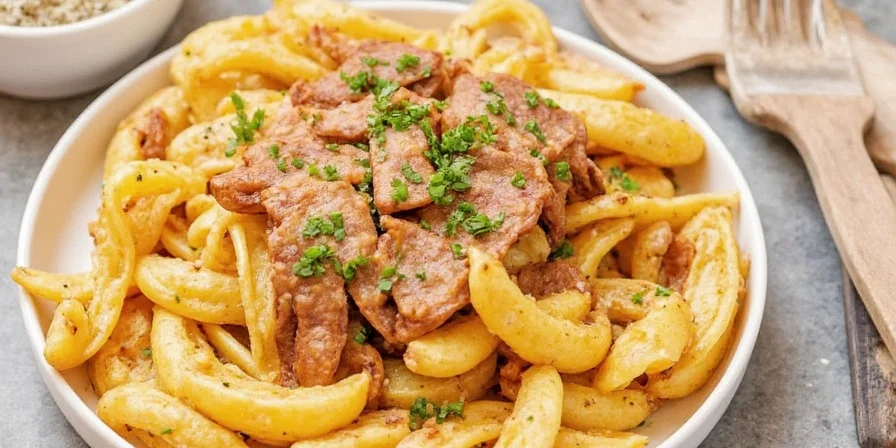
Tip #1: Don’t Confuse It With Nutmeg—They’re Siblings, Not Twins
While both come from the same tree (Myristica fragrans), mace and nutmeg are different in flavor and usage:
| Spice | Flavor Profile | Best Uses | Strength Level |
|---|---|---|---|
| Mace | Warm, slightly peppery, and subtly sweet | Savory dishes, custards, pies, béchamel sauces | Moderate |
| Nutmeg | Earthy, rich, and intensely sweet-spicy | Desserts, mulled drinks, creamy pasta sauces | Strong |
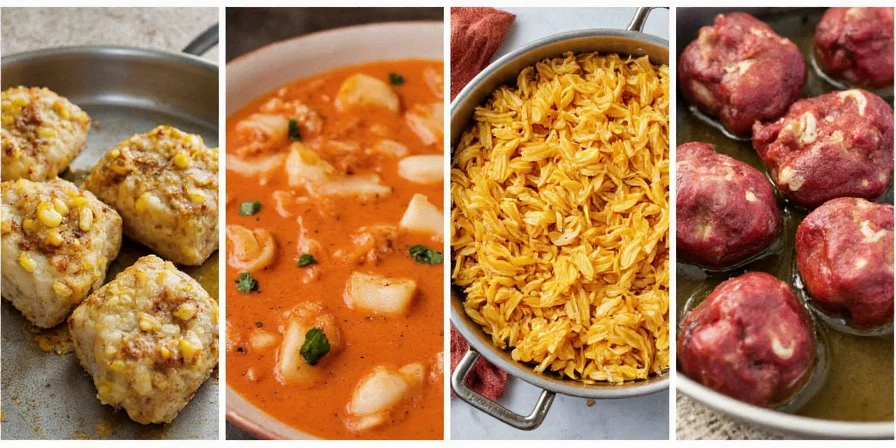
Tip #2: Use It Sparingly—Mace Packs a Punch
Despite its delicate appearance, mace can easily overpower a dish if you go overboard. A little goes a long way! Stick to about half the amount you’d use for nutmeg when substituting.
- For every ¼ tsp of nutmeg → use ~1/8 tsp mace
- In stews or soups → start with a pinch
- Baking? Blend with other spices first to distribute evenly
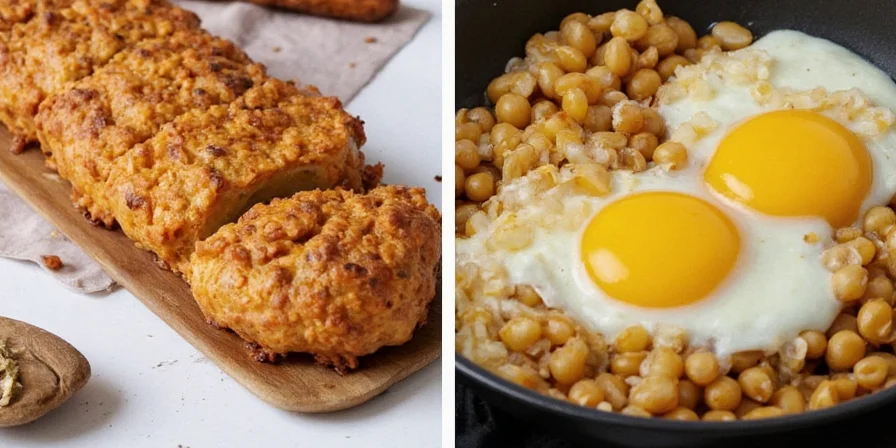
Tip #3: Add It Early for Maximum Flavor Infusion
Mace benefits from heat and time. Unlike volatile spices like cumin or coriander, which shine best when added later, mace should be introduced early in the cooking process to allow its aromatic oils to fully develop.
- Add to oil before sautéing onions and garlic
- Blend into spice mixes like garam masala or ras el hanout
- Incorporate into doughs or batters ahead of baking
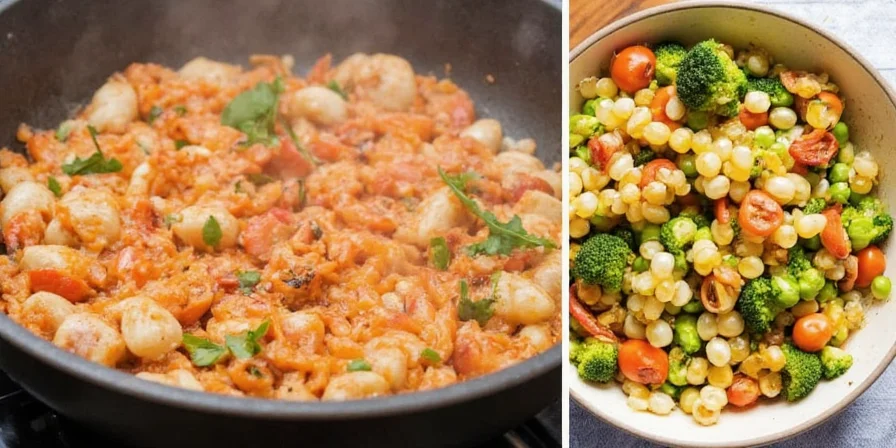
Tip #4: Pair It with Sweet & Savory Ingredients
Mace plays well with a wide range of flavors—from savory meats to creamy potatoes and even fruity desserts. Here are some winning combos:
| Sweet Matches | Savory Matches |
|---|---|
| Apples | Pork |
| Pears | Chicken |
| Custard | Spinach |
| Rhubarb | Eggs |
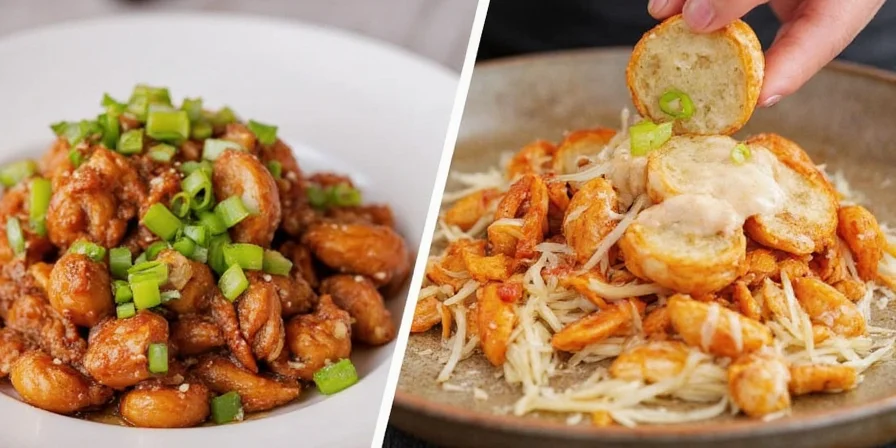
Tip #5: Toast It Like a Pro to Unlock Hidden Aromas
If you're using whole blade mace, give it a quick toast in a dry pan before grinding. This step wakes up the essential oils and intensifies its earthy warmth without making it bitter.
- Use medium-low heat
- Toasting time: ~1–2 minutes
- Let cool completely before grinding

The Cultural and Scientific Story Behind Mace’s Flavor
Beyond chemistry, mace’s journey reveals how cultures historically leveraged its preservative properties in long voyages. Its unique profile stems from mircene (warm spice notes) and trace eugenol (shared with cloves), creating a subtle numbing effect that enhances umami. Unlike nutmeg’s dominance in European desserts, mace became integral to Indian and Caribbean spice blends precisely because it adds complexity without masking other ingredients—a culinary balancing act perfected over centuries.
- Essential oils = 7–9% of composition
- Antioxidant-rich polyphenols
- Natural preservative in traditional recipes

FAQ: Everything You’ve Ever Wondered About Mace
Can I substitute nutmeg for mace in a recipe?
You can—but adjust the quantity down by 50%. Also expect a richer, sweeter taste rather than the floral-peppery note from mace.
Is mace safe to consume daily?
In typical culinary doses, absolutely. However, excessive consumption may cause mild hallucinogenic effects due to myristicin—a compound also found in nutmeg.
Does mace expire?
Ground mace loses potency after about 2 years. Whole blades last longer—up to 3–4 years when stored properly in an airtight container away from light.
What’s the difference between Indian mace and Dutch mace?
Indian mace (called “javitri”) tends to be darker and more intense. Dutch mace (or Ceylon mace) is lighter and milder. Both work great—you just might need to adjust the quantity based on origin.
Conclusion: Time to Spice Up Your Life with Mace
Mace isn’t just a forgotten relic in your spice drawer—it’s a versatile powerhouse waiting to elevate your cooking. Whether you’re roasting vegetables, whipping up a custard, or simmering a hearty stew, mace brings that perfect blend of warmth, sweetness, and depth. By understanding its cultural heritage and chemical nuances, you can wield this spice with precision that transforms ordinary meals into layered culinary experiences. So next time you reach for cinnamon, consider mace’s subtle complexity—it might just become your secret ingredient for extraordinary flavors.


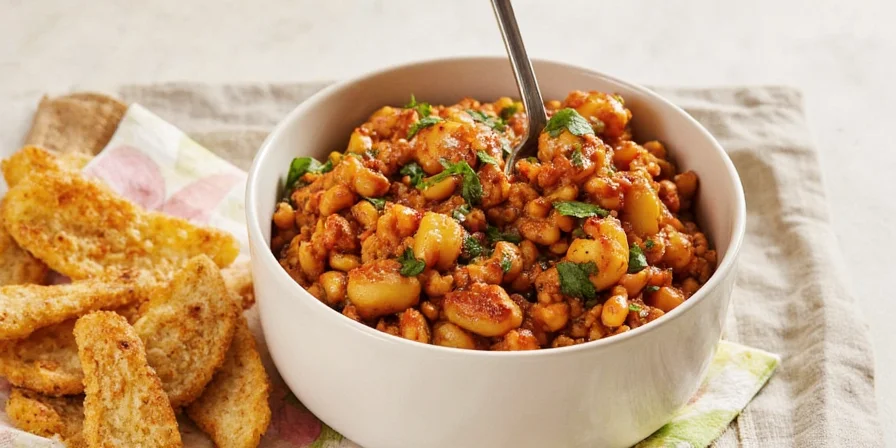









 浙公网安备
33010002000092号
浙公网安备
33010002000092号 浙B2-20120091-4
浙B2-20120091-4